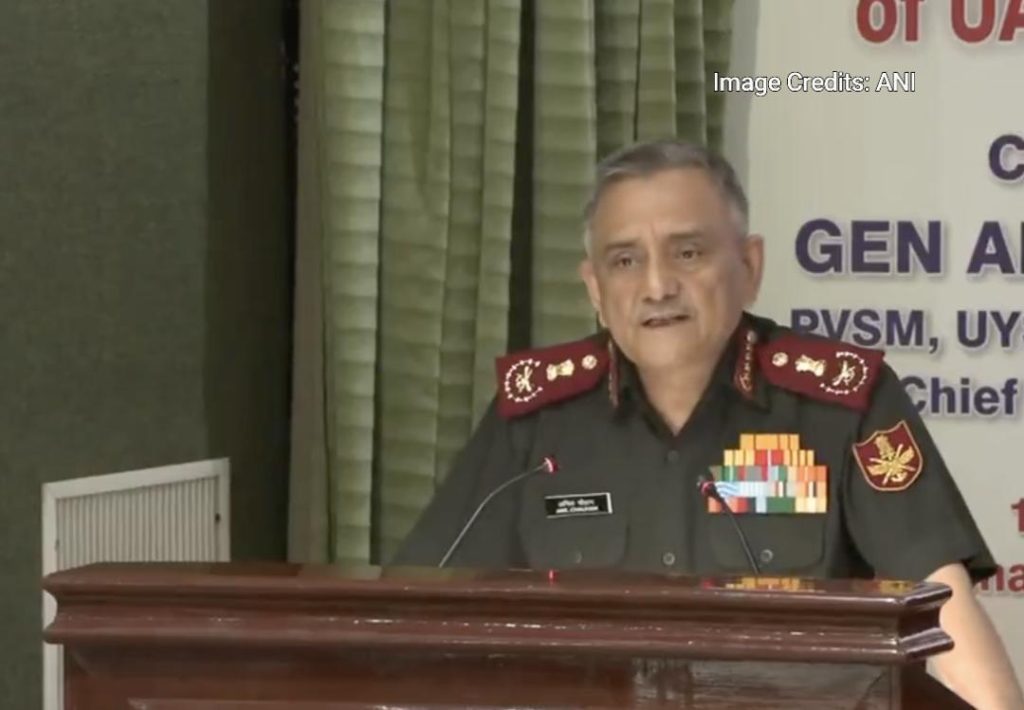
Pak used unarmed drones & loitering munitions: CDS Anil Chauhan
In a recent statement, Chief of Defence Staff (CDS) General Anil Chauhan revealed that Pakistan used unarmed drones and loitering munitions during the conflict in May. The statement comes as a significant development in the ongoing tensions between the two nations, and sheds light on the nature of the threats faced by the Indian military.
According to General Chauhan, the drones and loitering munitions used by Pakistan did not inflict any damage to the Indian military or civil infrastructure. He added that most of these threats were neutralized through a combination of kinetic and non-kinetic means. Interestingly, some of the drones were even recovered in almost intact condition, suggesting that the Indian military was able to neutralize them without causing significant damage.
The use of unarmed drones and loitering munitions by Pakistan is a significant development, as it marks a departure from traditional military tactics. Loitering munitions, in particular, are designed to linger in the air for extended periods of time, providing reconnaissance and surveillance capabilities to military forces. Their use in the conflict suggests that Pakistan may be looking to exploit the advantages offered by these types of technologies.
The fact that none of the drones and loitering munitions used by Pakistan caused significant damage to Indian military or civil infrastructure is a testament to the effectiveness of the Indian military’s defenses. The neutralization of these threats through kinetic and non-kinetic means is a credit to the Indian military’s ability to adapt to evolving threats and to develop effective countermeasures.
The use of unarmed drones and loitering munitions by Pakistan also raises questions about the purpose behind these attacks. While it is possible that Pakistan was attempting to gather reconnaissance and intelligence on Indian military forces, it is also possible that the attacks were designed to create a sense of uncertainty and unease among the Indian population.
In recent years, Pakistan has been increasingly vocal about its concerns regarding India’s military buildup and its perceived threats to national security. The use of unmanned aerial vehicles (UAVs) and loitering munitions may be seen as a way for Pakistan to push back against these perceived threats, while also creating a sense of uncertainty and unpredictability on the battlefield.
The Indian military has been actively developing its capabilities to counter the threat posed by UAVs and loitering munitions. In recent years, the Indian military has developed and deployed a range of counter-UAV systems, including radar systems, surface-to-air missiles, and electronic warfare capabilities.
The Indian military has also been investing heavily in developing its own capabilities in the area of unmanned aerial vehicles (UAVs). The Indian Air Force, in particular, has been actively developing its UAV capabilities, with a focus on developing systems that can provide reconnaissance and surveillance capabilities.
The use of unarmed drones and loitering munitions by Pakistan is likely to be a significant development in the ongoing conflict between the two nations. The fact that none of these threats caused significant damage to Indian military or civil infrastructure is a testament to the effectiveness of the Indian military’s defenses. However, the use of these technologies also raises questions about the purpose behind these attacks and the potential for their use in future conflicts.
In conclusion, the statement by CDS General Anil Chauhan provides valuable insights into the nature of the threats faced by the Indian military during the conflict in May. The use of unarmed drones and loitering munitions by Pakistan is a significant development, and one that highlights the need for the Indian military to continue developing its capabilities to counter these types of threats.






